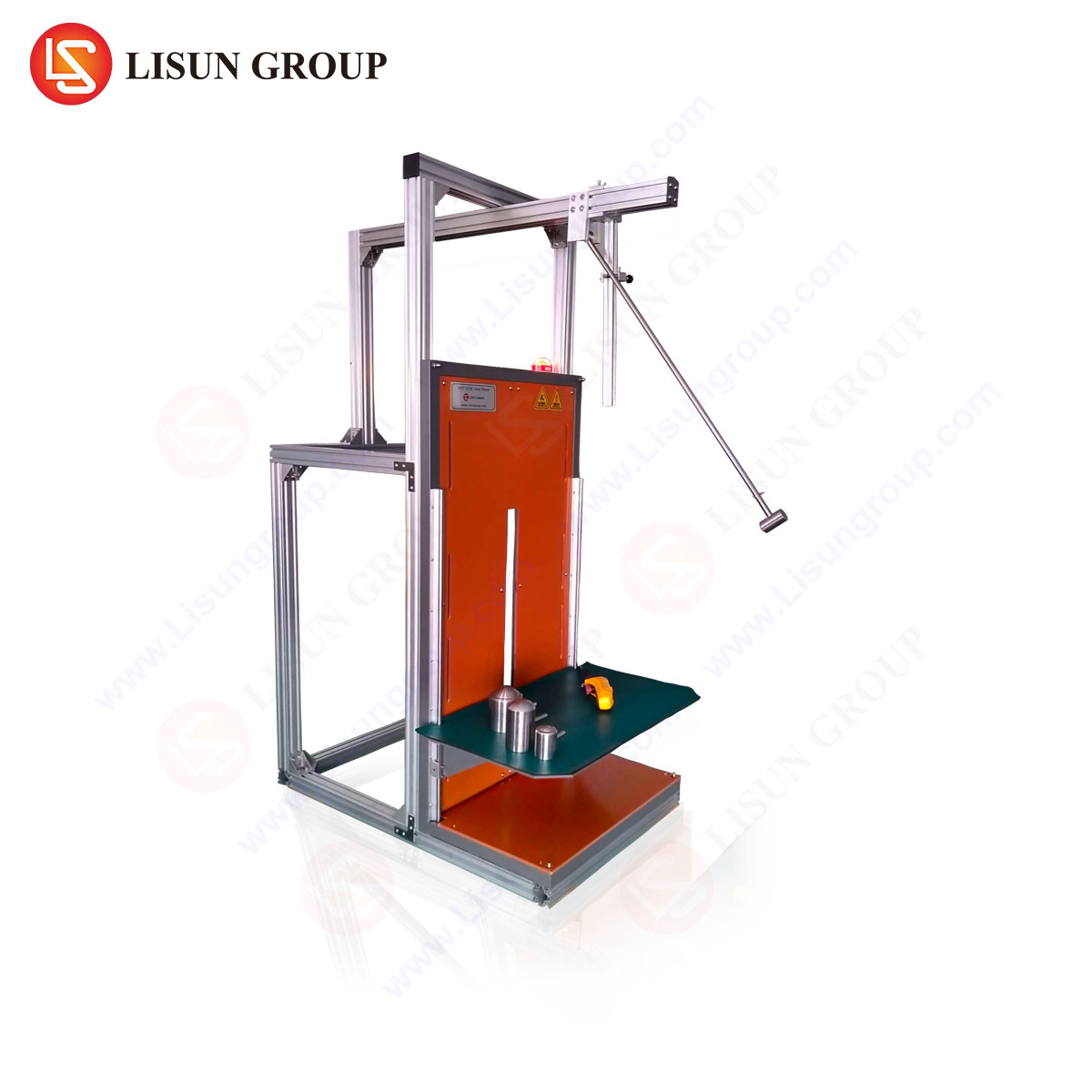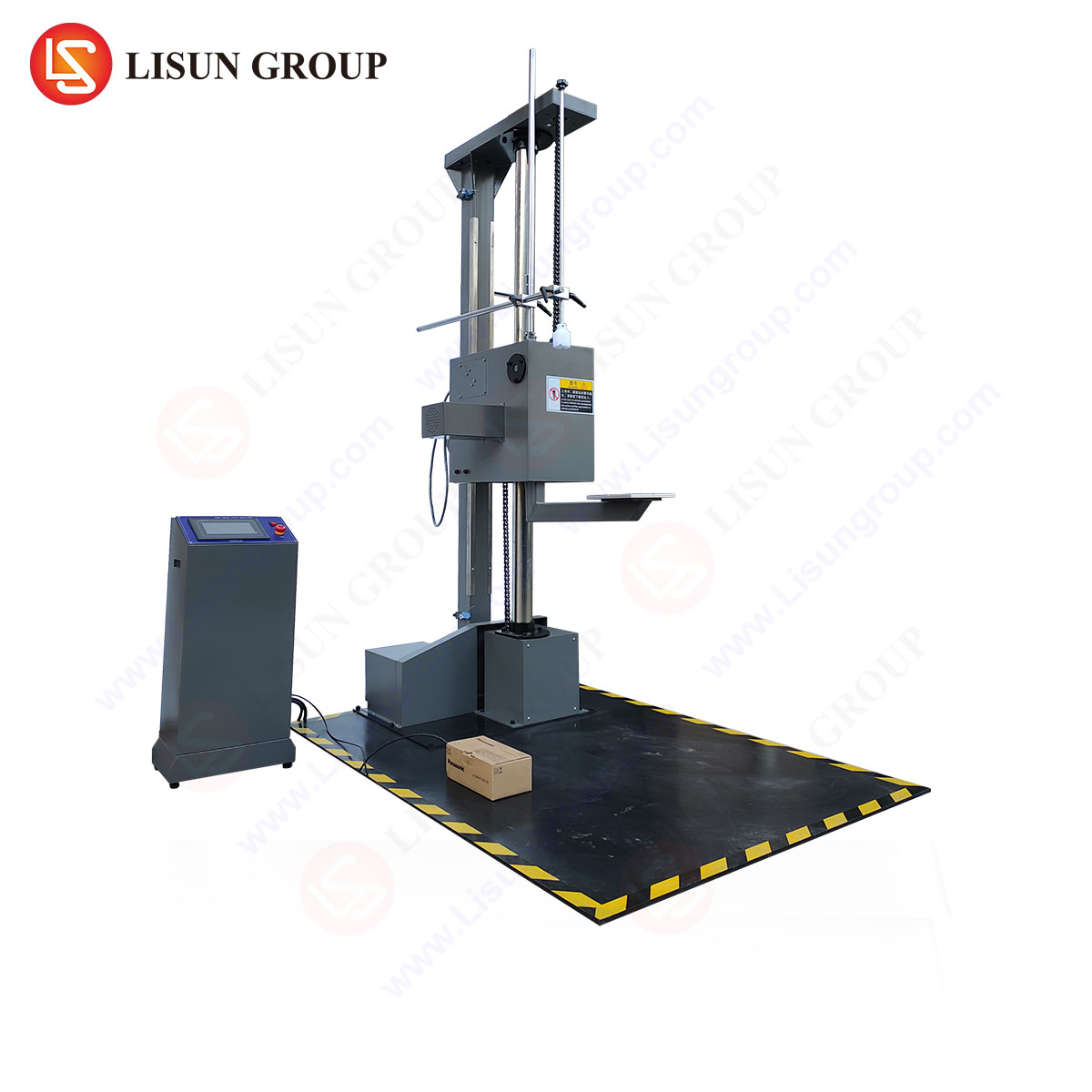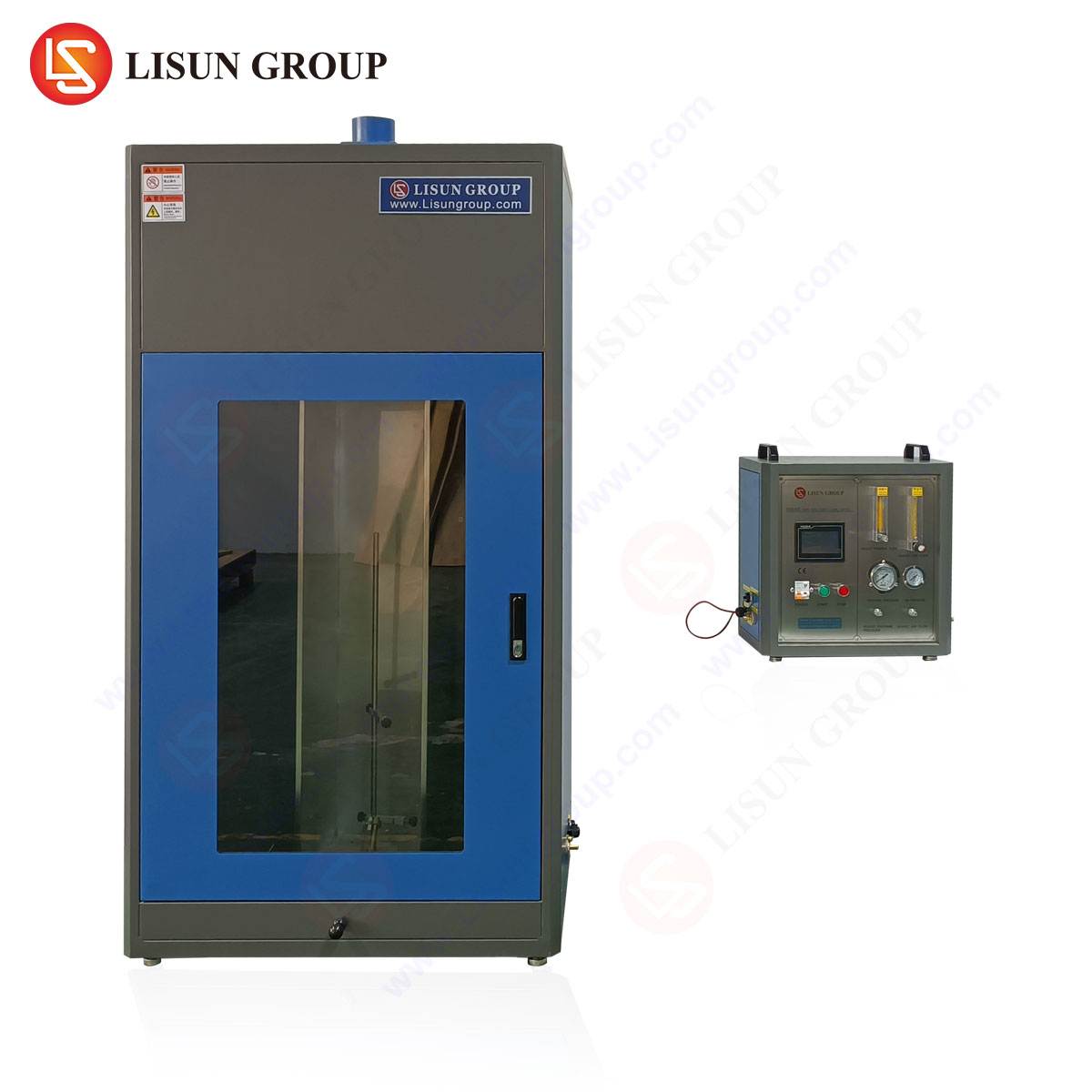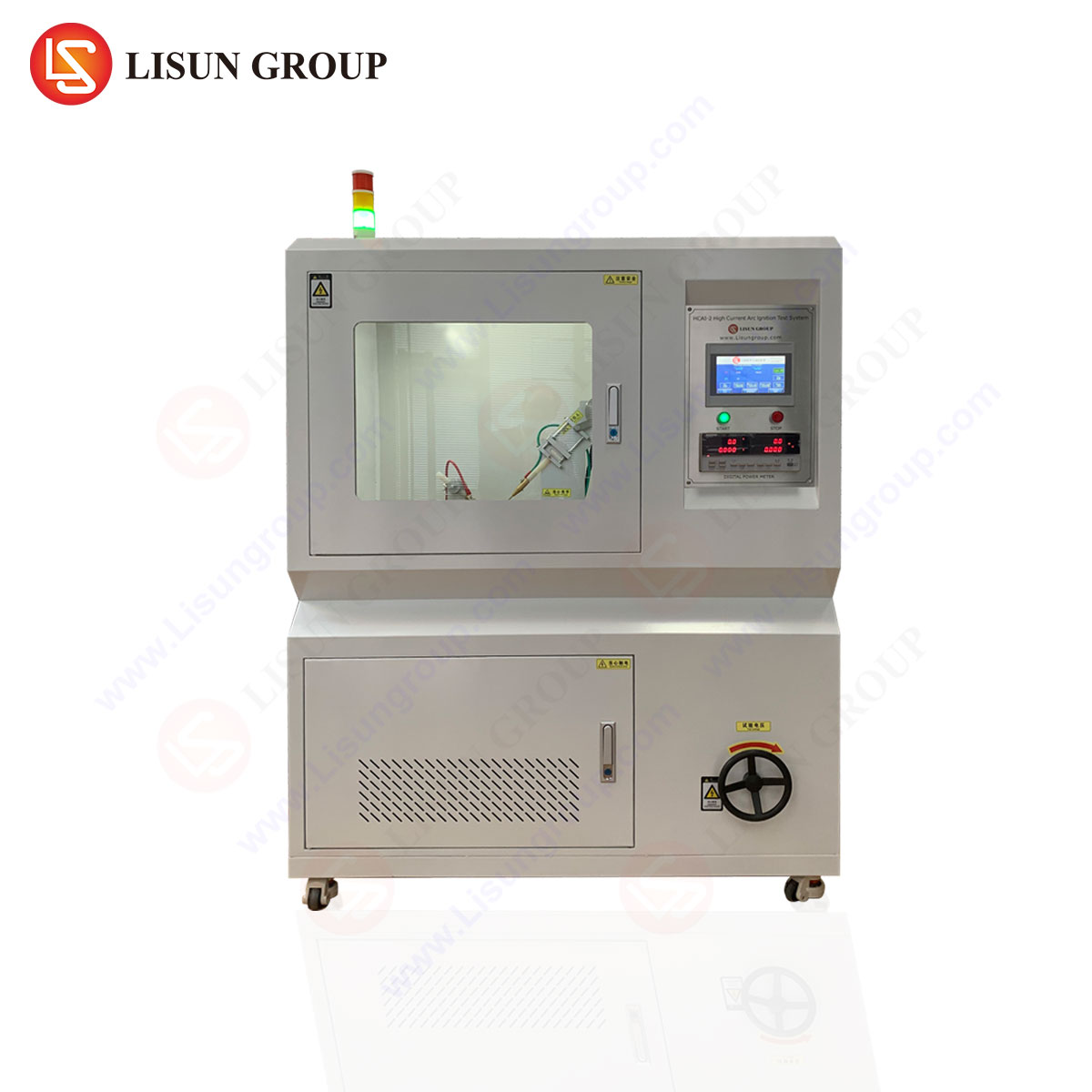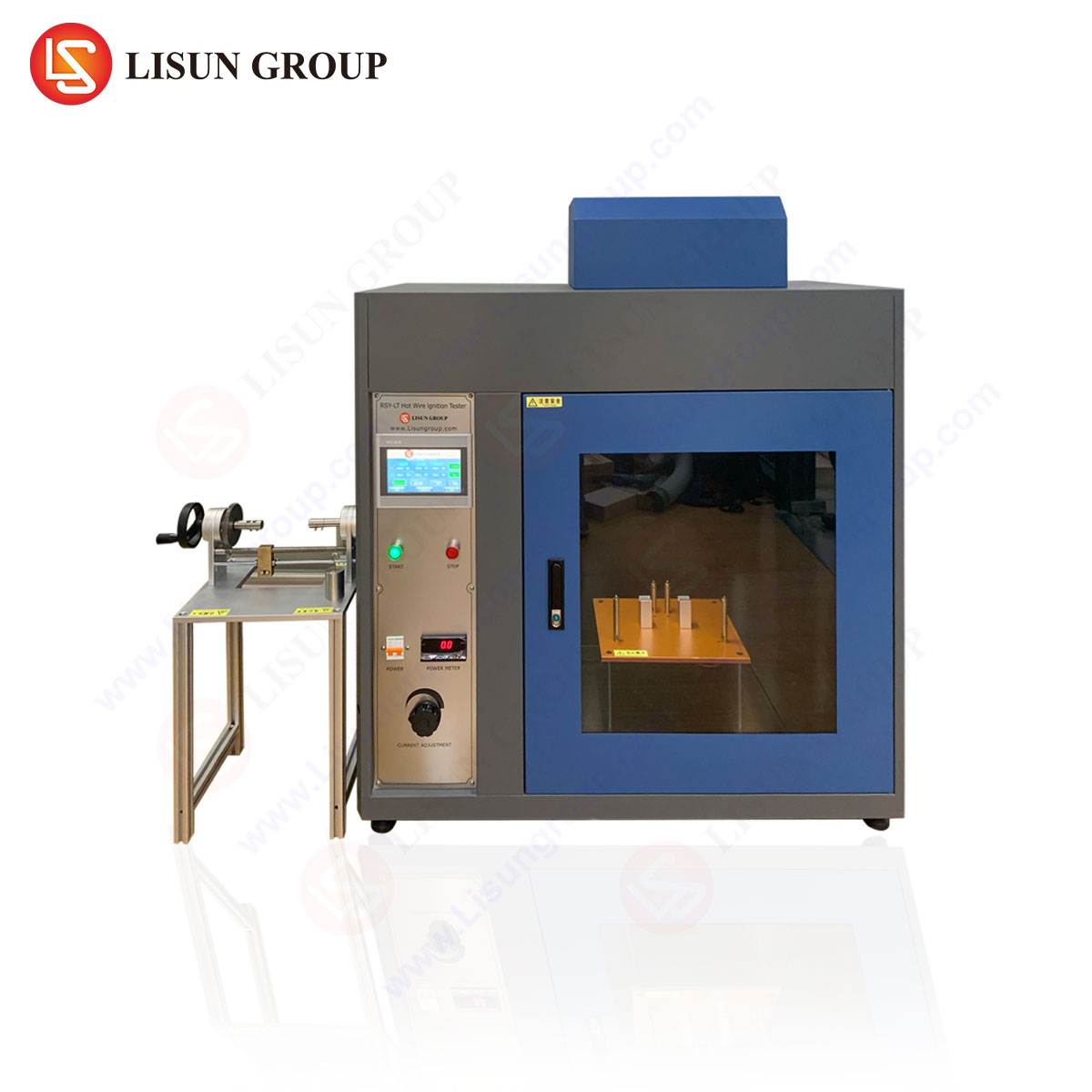Introduction to Fire Performance Testing in Cable Systems
Fire performance testing is a critical evaluation process for electric and optical fibre cables, ensuring compliance with safety standards and mitigating fire hazards in various industries. Cables installed in buildings, industrial facilities, or transportation systems must resist ignition, limit flame propagation, and minimize toxic smoke emissions. Regulatory bodies such as IEC, UL, and EN establish stringent criteria for flame retardancy, smoke density, and halogen acid gas generation. This article examines the methodologies, standards, and instrumentation used in fire performance testing, with a focus on the リスン RSB-WC Wire Cable Flame Tester, a precision apparatus designed for assessing flame resistance in cable systems.
Fundamental Principles of Cable Flame Retardancy
The ability of a cable to resist combustion depends on material composition, insulation properties, and structural design. Flame retardant additives, such as aluminum hydroxide or phosphorus-based compounds, disrupt the combustion cycle by endothermic decomposition or gas-phase radical quenching. Optical fibre cables, though non-conductive, require fire-resistant jacketing to prevent structural collapse in high-temperature environments. Testing methodologies evaluate three primary characteristics:
- Flame Spread Resistance – Measures the distance flames travel along a cable after ignition.
- Heat Release Rate (HRR) – Quantifies thermal energy emitted during burning.
- Smoke Opacity and Toxicity – Assesses visibility impairment and hazardous gas emissions.
その RSB-WC Wire Cable Flame Tester adheres to IEC 60332-1, IEC 60332-2, and GB/T 18380 standards, providing controlled ignition and precise measurement of flame propagation.
Testing Standards and Regulatory Frameworks
Cable fire performance testing follows international and regional standards, ensuring interoperability and safety across industries. Key standards include:
- IEC 60332-1/2: Evaluates flame propagation of single vertical or horizontal cables.
- IEC 61034: Measures smoke density under defined fire conditions.
- UL 1685: Assesses vertical tray flame spread in the U.S. market.
- EN 50399: European standard for flame spread, heat release, and smoke production.
Compliance with these standards is mandatory for cables used in automotive electronics, aerospace components, and telecommunications equipment, where failure could result in catastrophic system malfunctions.
Operational Methodology of the RSB-WC Wire Cable Flame Tester
その LISUN RSB-WC employs a controlled burner system to apply a standardized flame to cable specimens under laboratory conditions. Key operational phases include:
- Specimen Preparation – Cables are mounted vertically or horizontally in a test chamber.
- Flame Application – A propane burner delivers a 1 kW flame for a predetermined duration (e.g., 60 seconds).
- Post-Ignition Analysis – Flame spread distance, afterglow duration, and residue charring are recorded.
Technical Specifications of the RSB-WC
| パラメータ | 仕様 |
|---|---|
| Flame Temperature | 950°C ± 50°C |
| Test Duration | Adjustable (20–120 seconds) |
| Specimen Length | Up to 600 mm |
| Compliance Standards | IEC 60332-1/2, GB/T 18380 |
| Burner Type | Precision propane mixer |
Industry Applications and Use Cases
Electrical and Electronic Equipment
In industrial control systems そして household appliances, cables must resist short-circuit-induced fires. The RSB-WC verifies flame retardancy in power supply wiring, reducing risks in high-current environments.
Automotive and Aerospace
Vehicle and aircraft wiring harnesses undergo rigorous flame testing to meet FMVSS 302 そして ISO 6722 standards. The RSB-WC’s repeatability ensures compliance with aviation and automotive safety protocols.
Telecommunications and Data Centers
Optical fibre cables in data centers require low-smoke, zero-halogen (LSZH) materials. The tester evaluates smoke opacity, critical for maintaining visibility during emergency evacuations.
Competitive Advantages of the RSB-WC Tester
- High Precision – Automated flame control reduces human error.
- Multi-Standard Compatibility – Supports IEC, GB, and EN test procedures.
- Durability – Stainless steel construction withstands prolonged use.
- Data Logging – Integrated software records flame spread metrics for certification.
Frequently Asked Questions
Q1: What cable diameters can the RSB-WC accommodate?
The tester supports diameters from 0.5 mm to 50 mm, covering most industrial and consumer cables.
Q2: How does the RSB-WC ensure consistent flame application?
A calibrated propane mixer and thermal sensor maintain a stable 1 kW flame, per IEC 60332 requirements.
Q3: Is the RSB-WC suitable for LSZH cable testing?
Yes, it measures smoke density and flame spread, critical for LSZH certification.
Q4: What maintenance is required for the burner system?
Monthly inspection of gas lines and nozzle cleaning ensures optimal performance.
Q5: Can the RSB-WC test bundled cables?
Yes, it accommodates multi-core and bundled configurations per IEC 60332-2.


